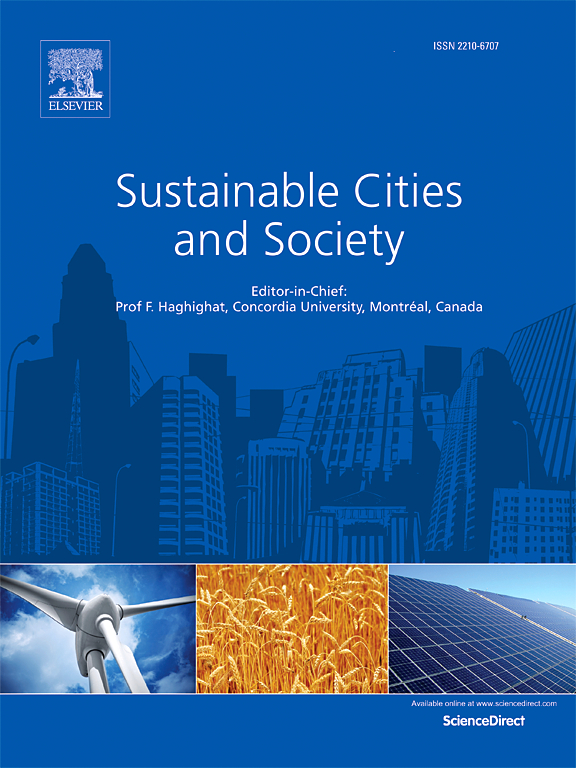An indicator-based framework of circular cities focused on sustainability dimensions and sustainable development goal 11 obtained using machine learning and text analytics
IF 10.5
1区 工程技术
Q1 CONSTRUCTION & BUILDING TECHNOLOGY
引用次数: 0
Abstract
The circular economy (CE) serves a practical pathway to facilitate sustainable development (SD) and achieve the Sustainable Development Goals (SDGs). Current frameworks for assessing city sustainability and circularity often lack comprehensibility and multi-dimensional indicator-based approaches, also fail to include city-level CE indicators. This study defines an innovative structure for defining the circular city indicators (CCIs) addressing critical gaps in existing methodologies and CCIs coverage of sustainability and SDGs, especially SDG11. The methodology encompasses an extensive literature review, integrating CE principles, macro level of CE parameters and current CCIs, resulting in a comprehensive list of 241 indicators. Using advanced machine-learning techniques—semi-supervised learning, text analysis, and clustering algorithms—enhances the accuracy, comprehensiveness of the indicator classification. The indicators are categorized into 3D space across environmental, economic, and social dimensions of sustainability. This multi-dimensional approach also reveals the relationships between CCIs and 16 SDG11 classes. The analysis shows 75% of CCIs are multi-dimensional, but, five SDG11 classes show the lowest coverage in the heatmap of CCIs probability distribution across SDG11 classes, indicating a need to revise SDG11 classes and the social indicators of CCIs. The findings offer urban planners and stakeholders a practical list of CCIs to evaluate sustainability and CE level in cities.
求助全文
约1分钟内获得全文
求助全文
来源期刊

Sustainable Cities and Society
Social Sciences-Geography, Planning and Development
CiteScore
22.00
自引率
13.70%
发文量
810
审稿时长
27 days
期刊介绍:
Sustainable Cities and Society (SCS) is an international journal that focuses on fundamental and applied research to promote environmentally sustainable and socially resilient cities. The journal welcomes cross-cutting, multi-disciplinary research in various areas, including:
1. Smart cities and resilient environments;
2. Alternative/clean energy sources, energy distribution, distributed energy generation, and energy demand reduction/management;
3. Monitoring and improving air quality in built environment and cities (e.g., healthy built environment and air quality management);
4. Energy efficient, low/zero carbon, and green buildings/communities;
5. Climate change mitigation and adaptation in urban environments;
6. Green infrastructure and BMPs;
7. Environmental Footprint accounting and management;
8. Urban agriculture and forestry;
9. ICT, smart grid and intelligent infrastructure;
10. Urban design/planning, regulations, legislation, certification, economics, and policy;
11. Social aspects, impacts and resiliency of cities;
12. Behavior monitoring, analysis and change within urban communities;
13. Health monitoring and improvement;
14. Nexus issues related to sustainable cities and societies;
15. Smart city governance;
16. Decision Support Systems for trade-off and uncertainty analysis for improved management of cities and society;
17. Big data, machine learning, and artificial intelligence applications and case studies;
18. Critical infrastructure protection, including security, privacy, forensics, and reliability issues of cyber-physical systems.
19. Water footprint reduction and urban water distribution, harvesting, treatment, reuse and management;
20. Waste reduction and recycling;
21. Wastewater collection, treatment and recycling;
22. Smart, clean and healthy transportation systems and infrastructure;
 求助内容:
求助内容: 应助结果提醒方式:
应助结果提醒方式:


